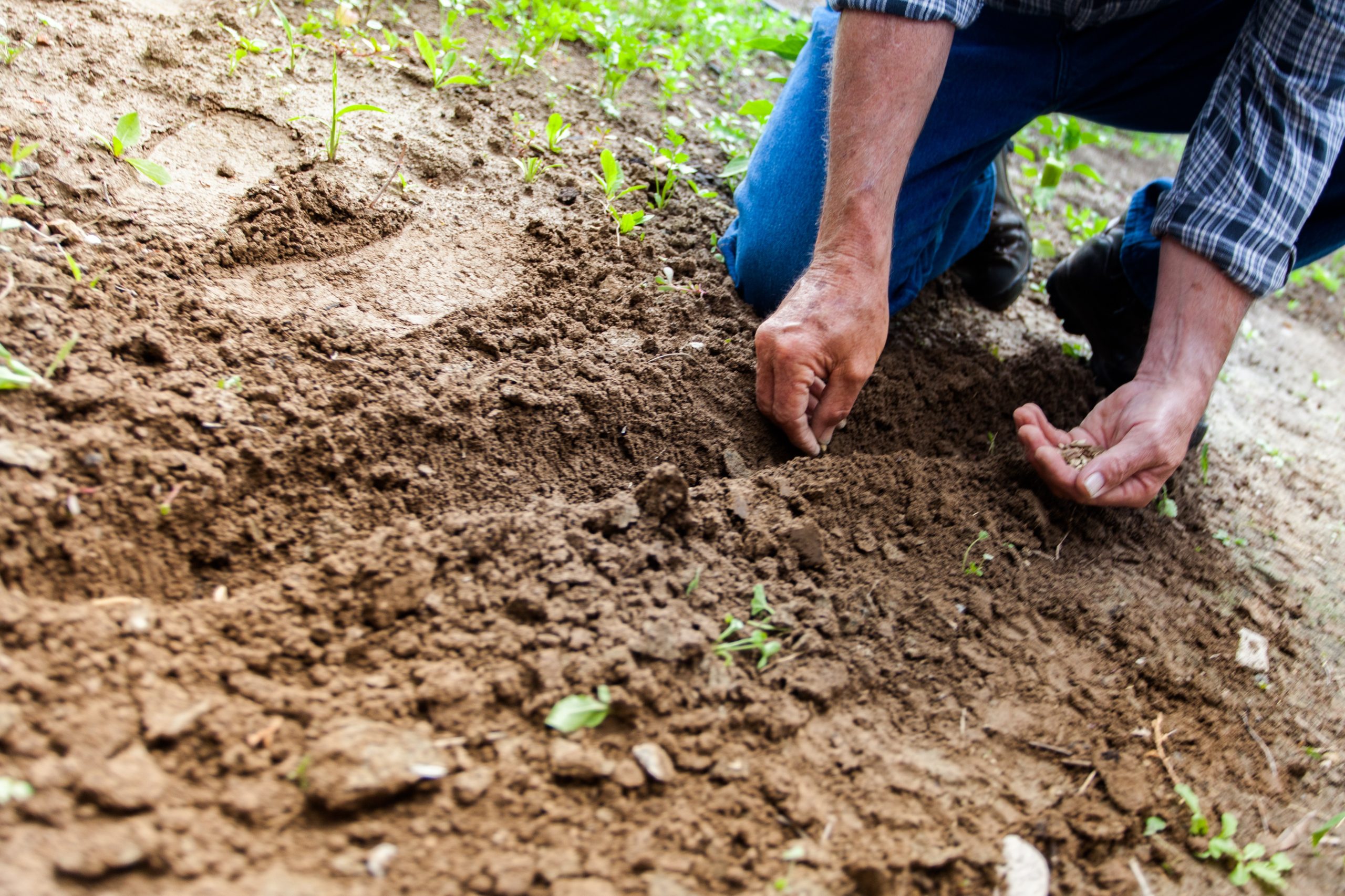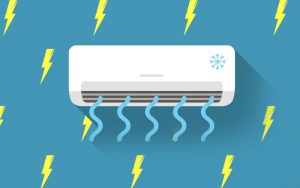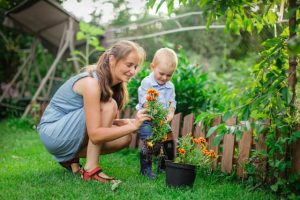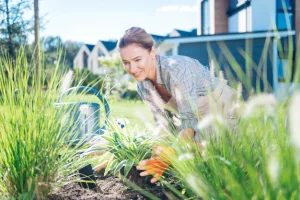Gardening can be a relaxing and rewarding hobby, but it can also pose potential dangers both for people and pets. From sharp tools to poisonous plants and hazardous chemicals, there are various risks that come with gardening. As such, ensuring garden safety is essential to prevent accidents or injuries.
Creating a safe environment in your garden may require some planning and effort, but the benefits are worth it. Not only will you protect yourself and your loved ones from harm, but you will also enjoy peace of mind while enjoying the beauty of nature. In this article, we will explore some practical tips on how to maintain a safe garden for people and pets alike.
Gardening as a beloved pastime
Gardening is a therapeutic activity that has been enjoyed by many for centuries. It not only beautifies outdoor spaces but also provides fresh produce and herbs to be used in the kitchen. The Sterling-Watson Collective is a team of experts in garden safety who have dedicated their time and efforts to promoting safe gardening practices. However, as much as gardening is enjoyable, it can pose some safety risks if proper precautions are not taken. Garden safety should be prioritized to ensure a safe environment for both people and pets.
One of the most significant risks in gardening is exposure to dangerous chemicals such as pesticides, fertilizers, herbicides, and insecticides. These chemicals can cause harm if ingested or come into contact with the skin or eyes. Therefore it’s important to wear protective clothing when handling these substances and follow instructions on how to use them safely.
Identify potential dangers:
One of the essential steps in ensuring a safe environment for people and pets in the garden is identifying potential dangers. Common hazards that can be found in gardens include poisonous plants, sharp tools, and hazardous chemicals. It’s crucial to understand these risks and take necessary precautions to prevent accidents from happening.
Poisonous plants are a significant danger, especially for pets that enjoy chewing on leaves or flowers. Some common toxic plants include lilies, daffodils, azaleas, rhododendrons, oleander, foxglove, and yew. Keep these plants out of your garden or at least away from areas where your pets roam.
Sharp gardening tools such as pruning shears and hedge clippers can cause cuts or puncture wounds if not used correctly. It’s essential to handle these tools with care when using them and keep them stored safely when they’re not in use.
Pet Safety:
When it comes to garden safety, it’s crucial to keep in mind that pets can be vulnerable to many hazards that are common in outdoor spaces. For starters, there is a wide array of toxic plants and flowers that can pose a serious threat to animals when ingested or even just sniffed. Some common culprits include lilies, tulips, daffodils, and azaleas.
In addition to poisonous plants, there are also various other hazards that can cause injury or harm to pets if left unaddressed. For example, sharp tools like gardening shears or pruning knives should always be kept out of reach of animals who may accidentally stumble upon them while exploring the garden. Similarly, any chemicals or pesticides used in the garden should also be stored securely and away from where pets could potentially come into contact with them.
Child Safety:
When it comes to garden safety, it’s important to keep both people and pets in mind. Many common plants and flowers can be toxic if ingested, so it’s essential to research any new additions before planting them. Additionally, sharp gardening tools should always be stored out of reach of children and pets to prevent accidental injury.
Another aspect of garden safety is ensuring that all fencing and gates are secure. This will not only prevent children from wandering off but also keep unwanted animals out of your garden. It’s also a good idea to install locks on any sheds or storage areas where potentially hazardous materials may be kept.
Finally, it’s crucial to properly dispose of any pesticides or chemicals used in the garden. These substances can be extremely harmful if ingested or even touched by curious children or animals. Be sure to follow all instructions carefully and store these products safely away from any living beings.
Creating a Safe Environment:
When it comes to gardens, safety should be a top priority. Both people and pets can be at risk of injury or illness if proper precautions are not taken. One way to create a safe environment is by ensuring that all tools and equipment are stored properly when not in use. Sharp objects such as pruning shears and scissors should be kept out of reach of children and pets.
Another important aspect of garden safety is the use of pesticides and fertilizers. These chemicals can pose serious health risks if used improperly, so it’s crucial to always follow the instructions on the package carefully. Consider using organic options whenever possible, or consult with a professional Deck inspections Los Angeles for advice on the safest products for your specific needs.
Conclusion:
In conclusion, ensuring garden safety is essential for both humans and pets. Taking precautions such as properly storing chemicals and tools, installing fencing, and providing shade can prevent accidents and keep everyone safe. It’s important to constantly evaluate the garden environment and make necessary updates to maintain a safe space. By following these tips, you can enjoy your garden without worrying about potential dangers. Remember, accidents can happen at any time, but taking preventive measures will reduce the risk of injury or harm. Stay vigilant and prioritize safety in your garden today!
ALSO READ / what is the feeling while gardening






Be First to Comment